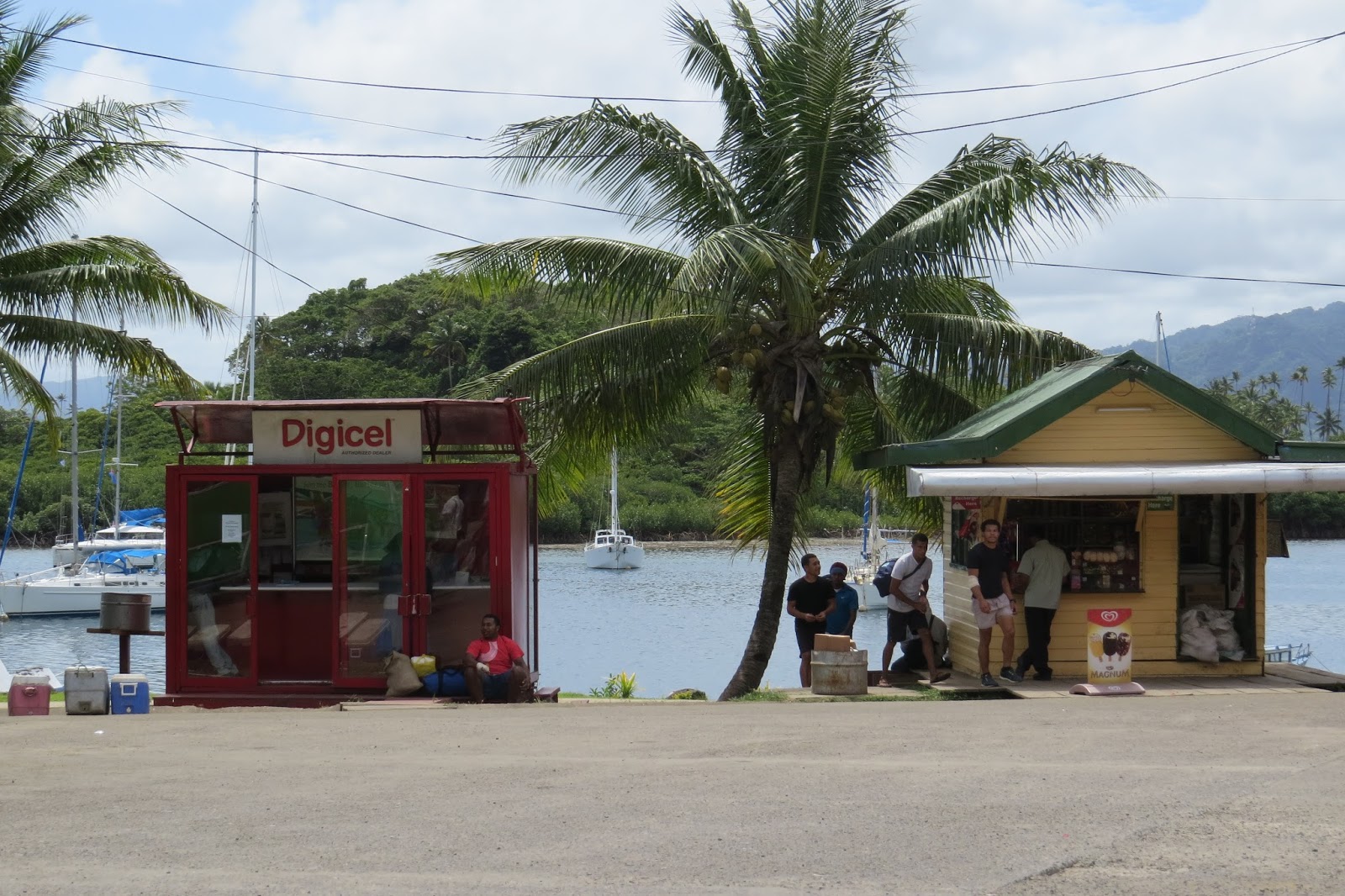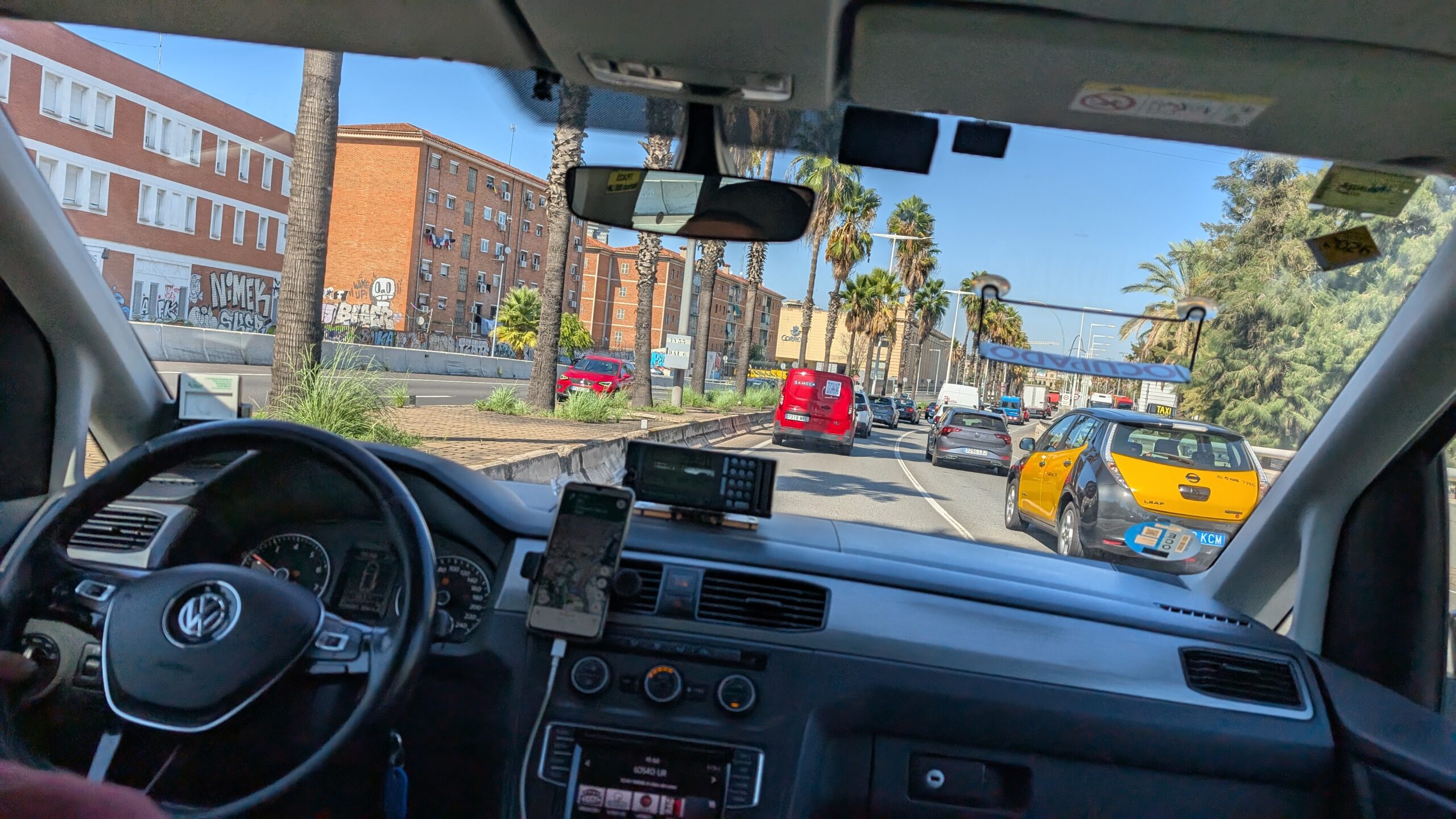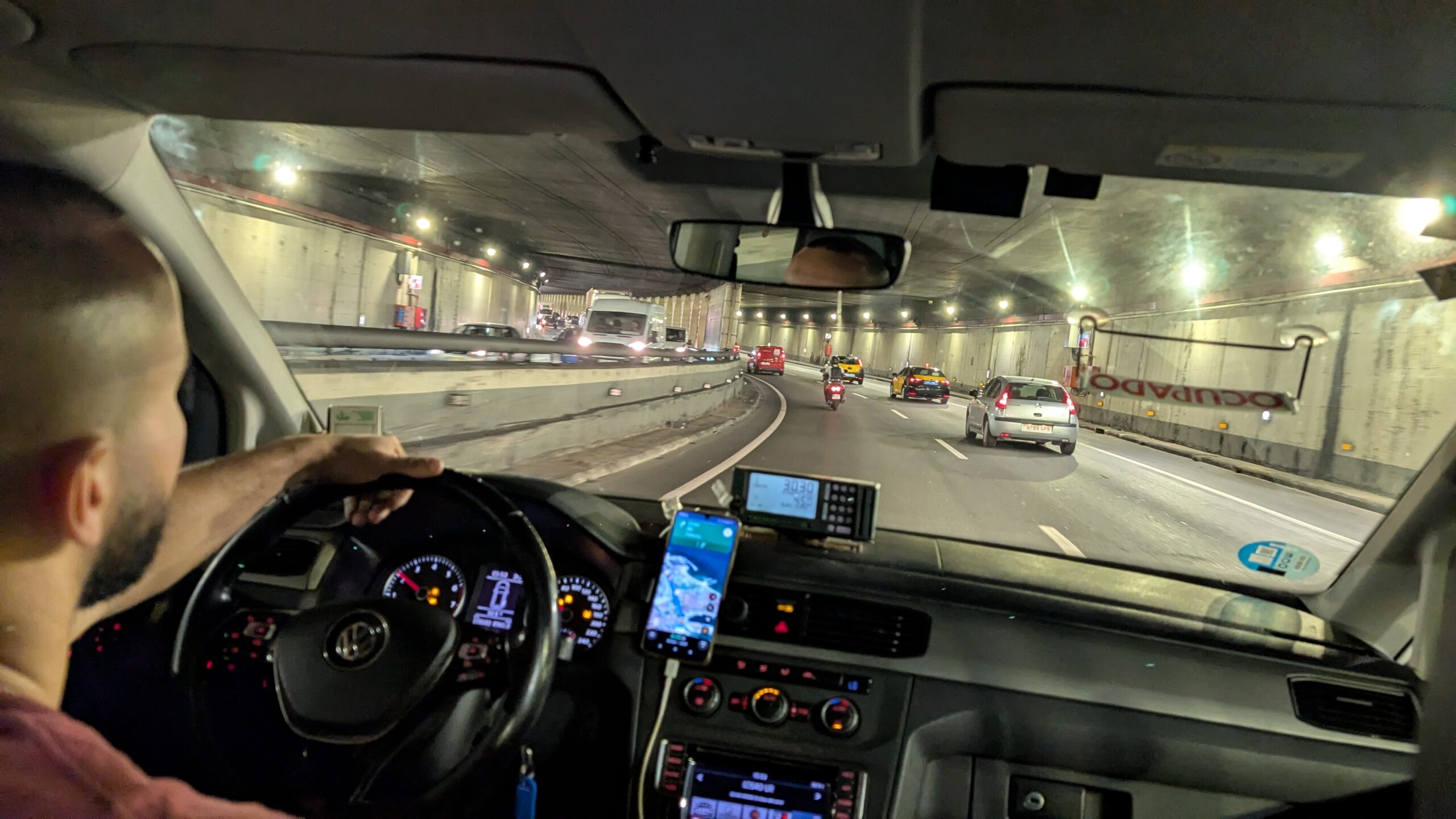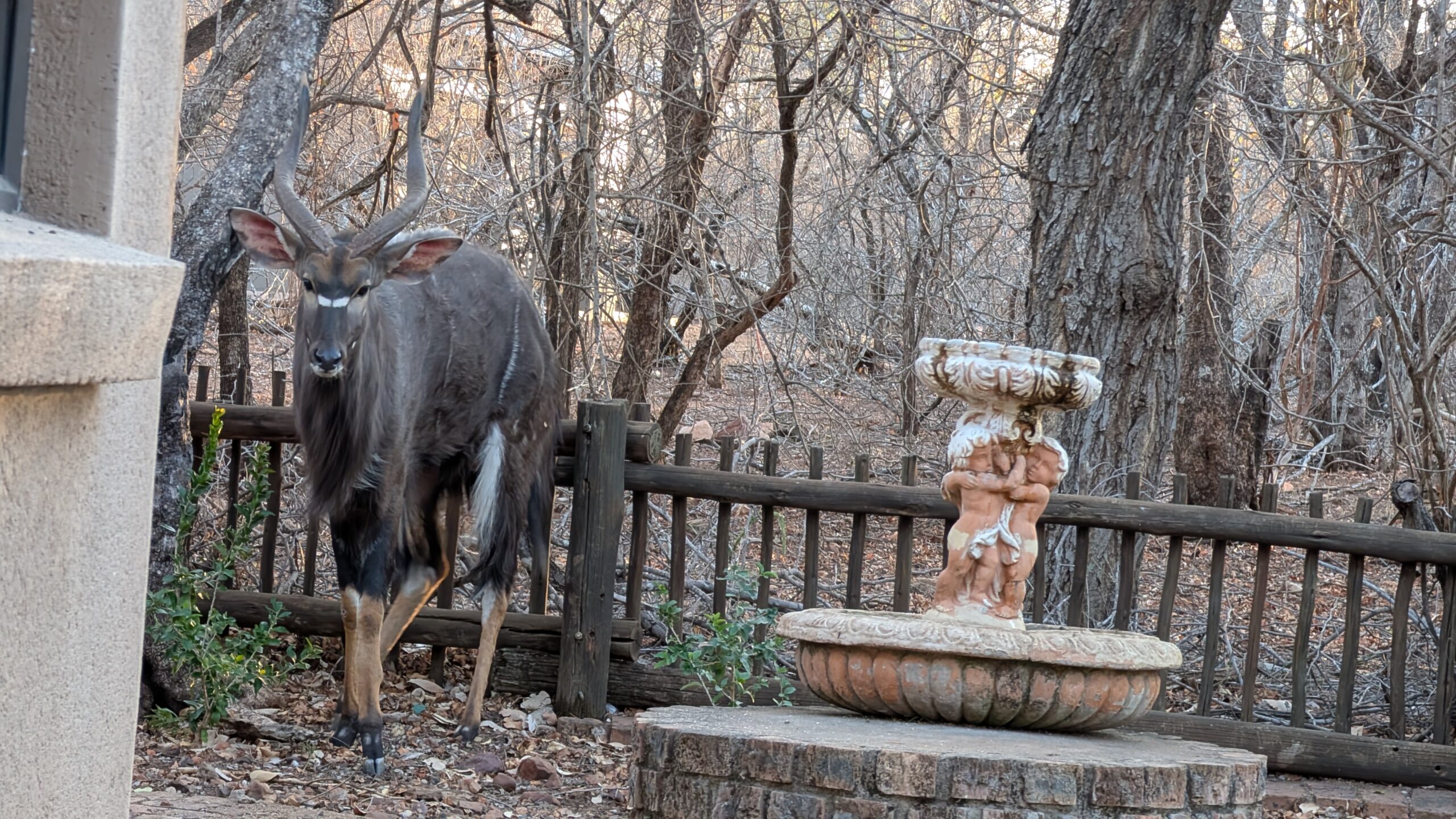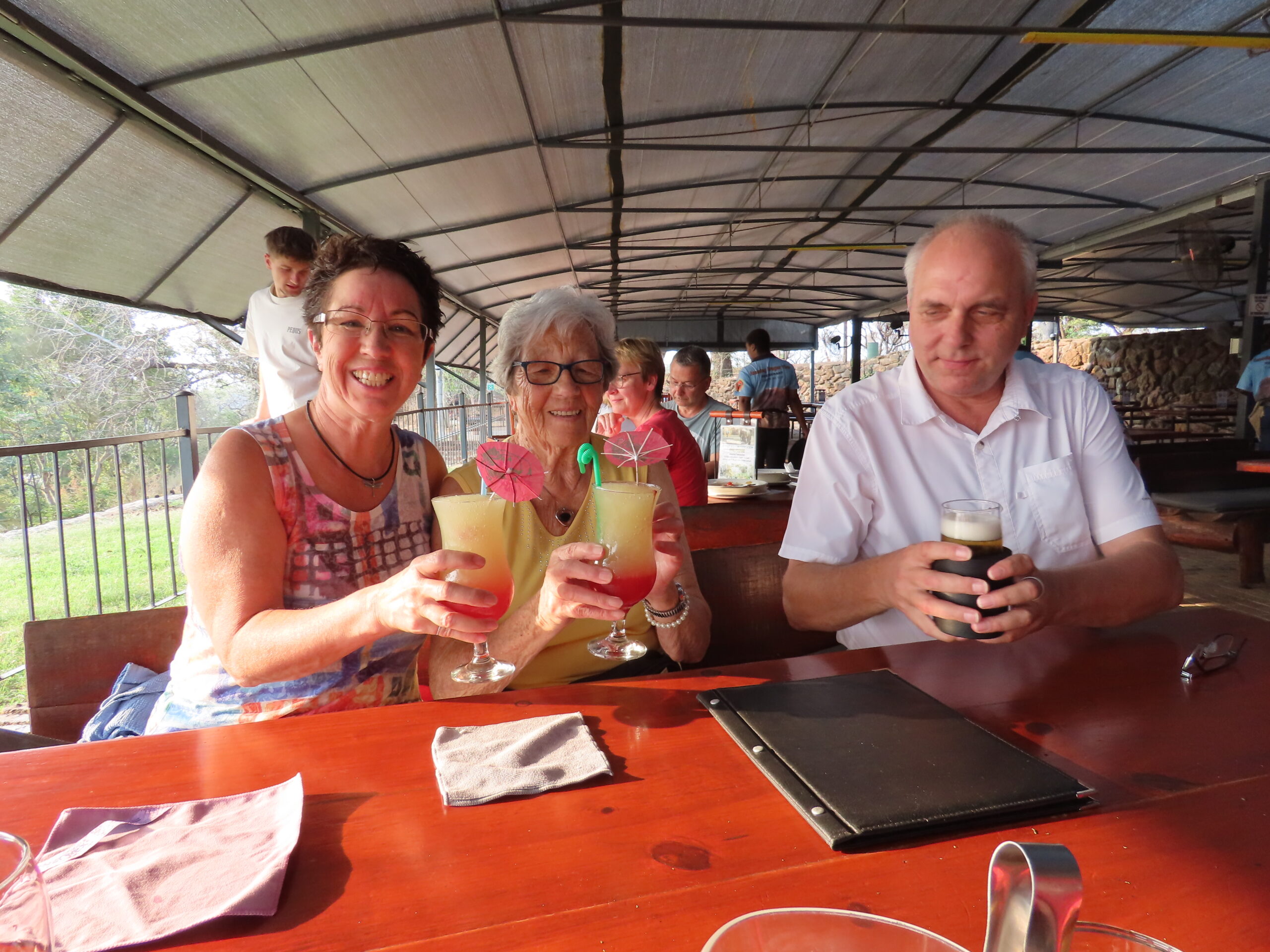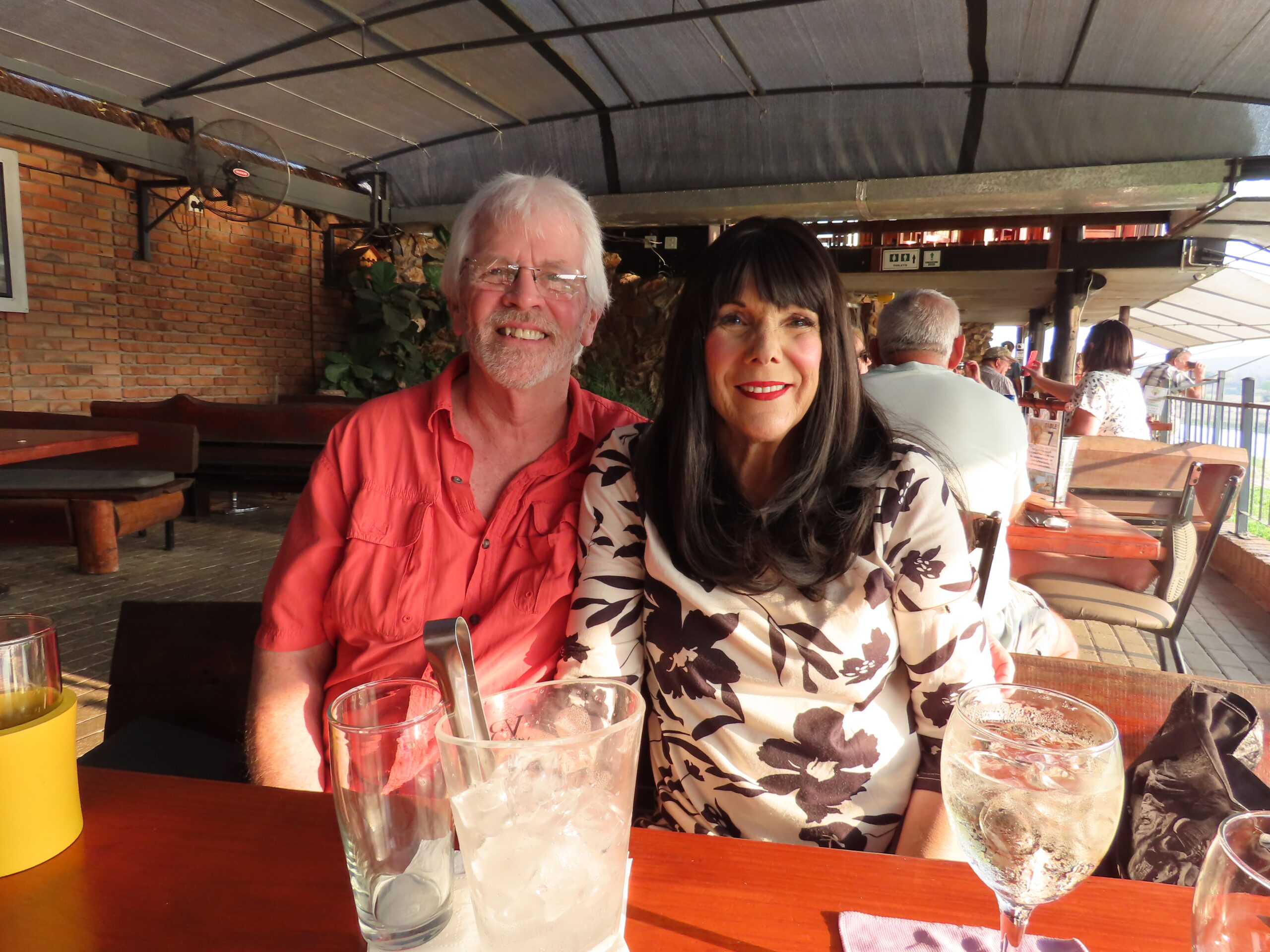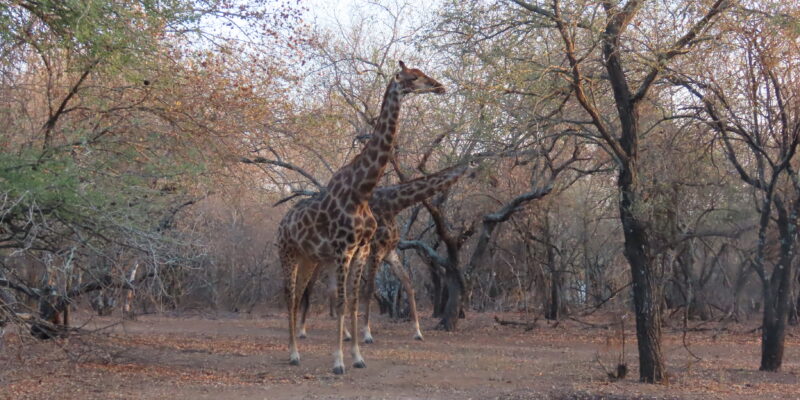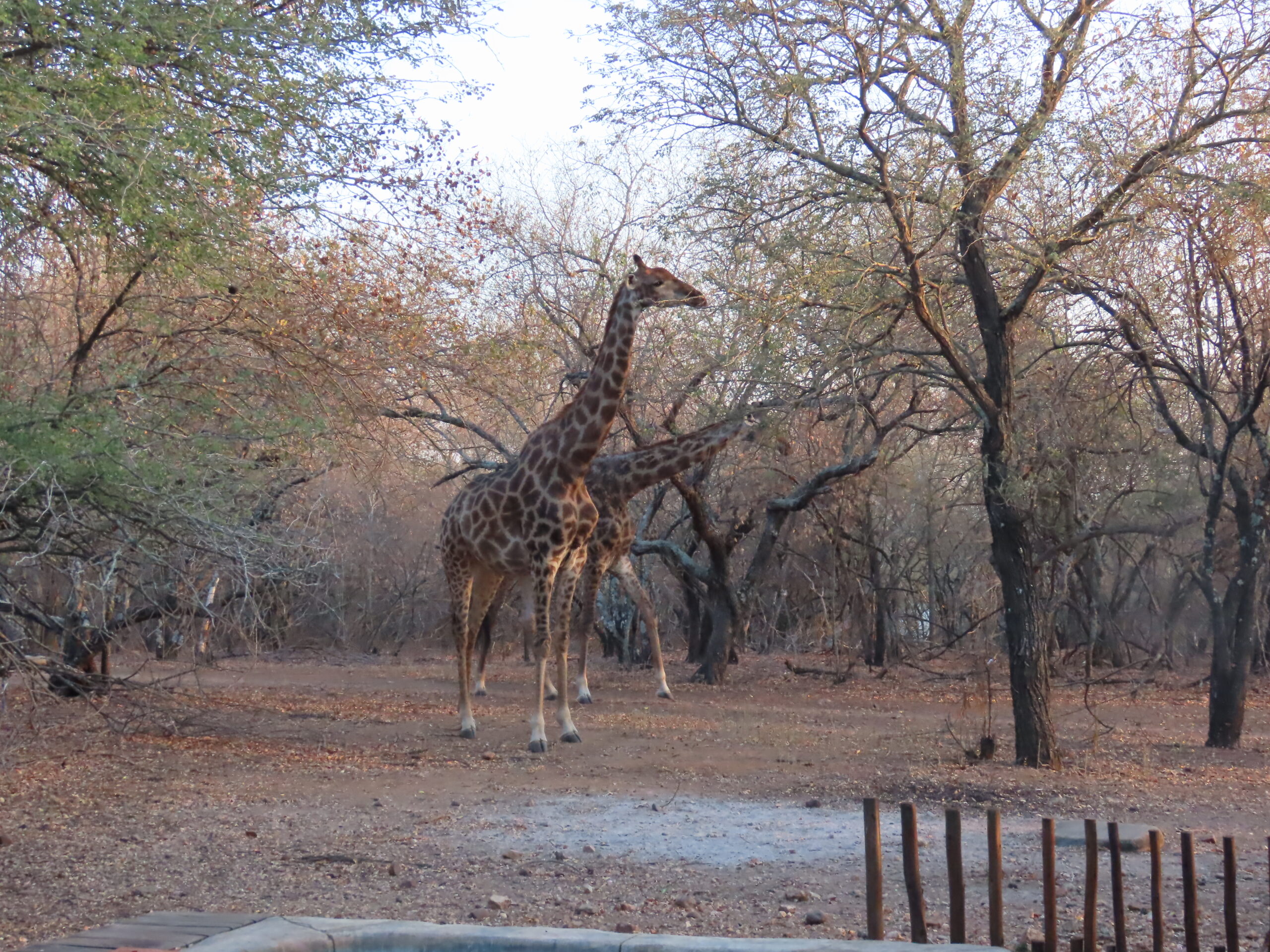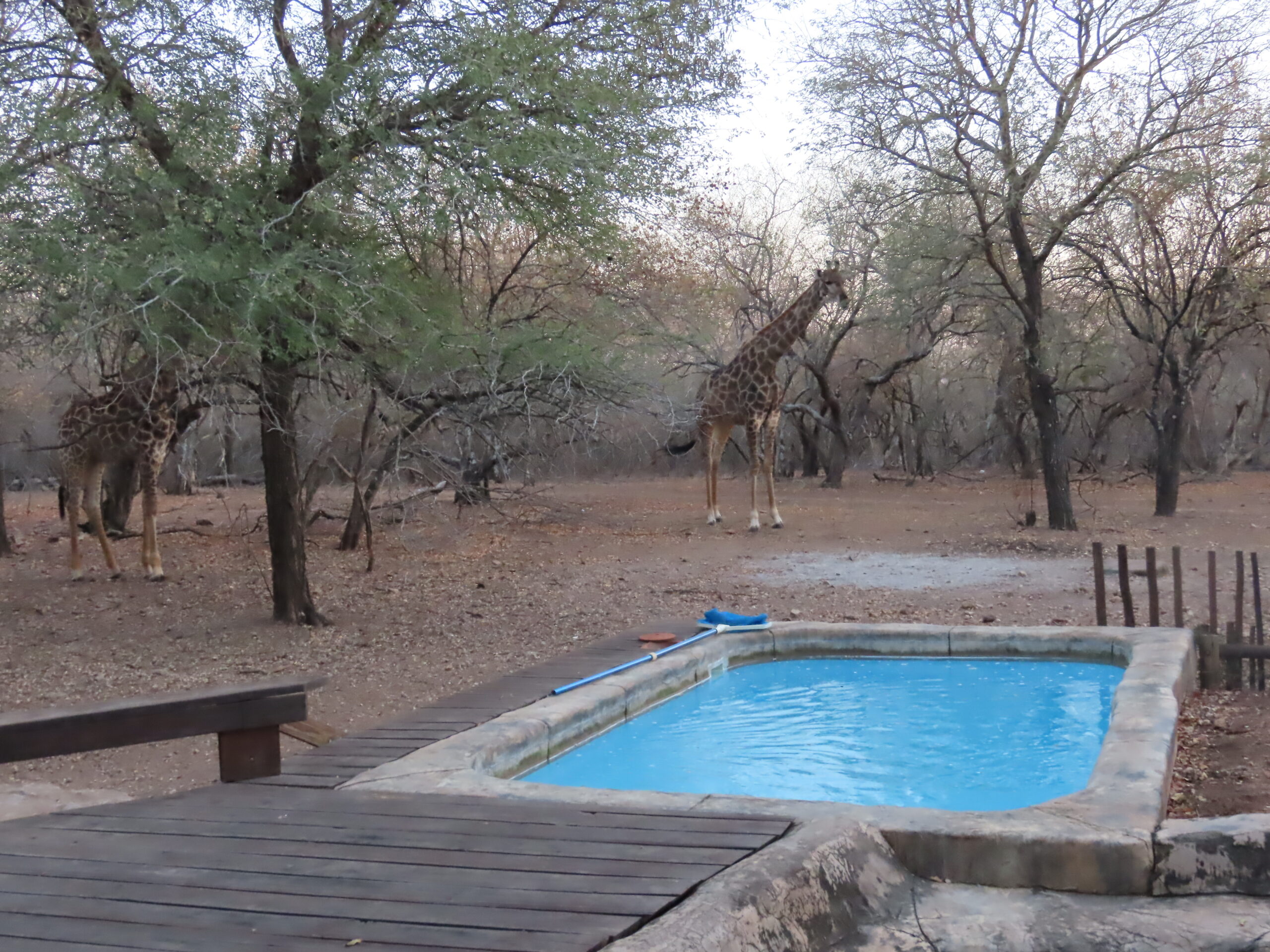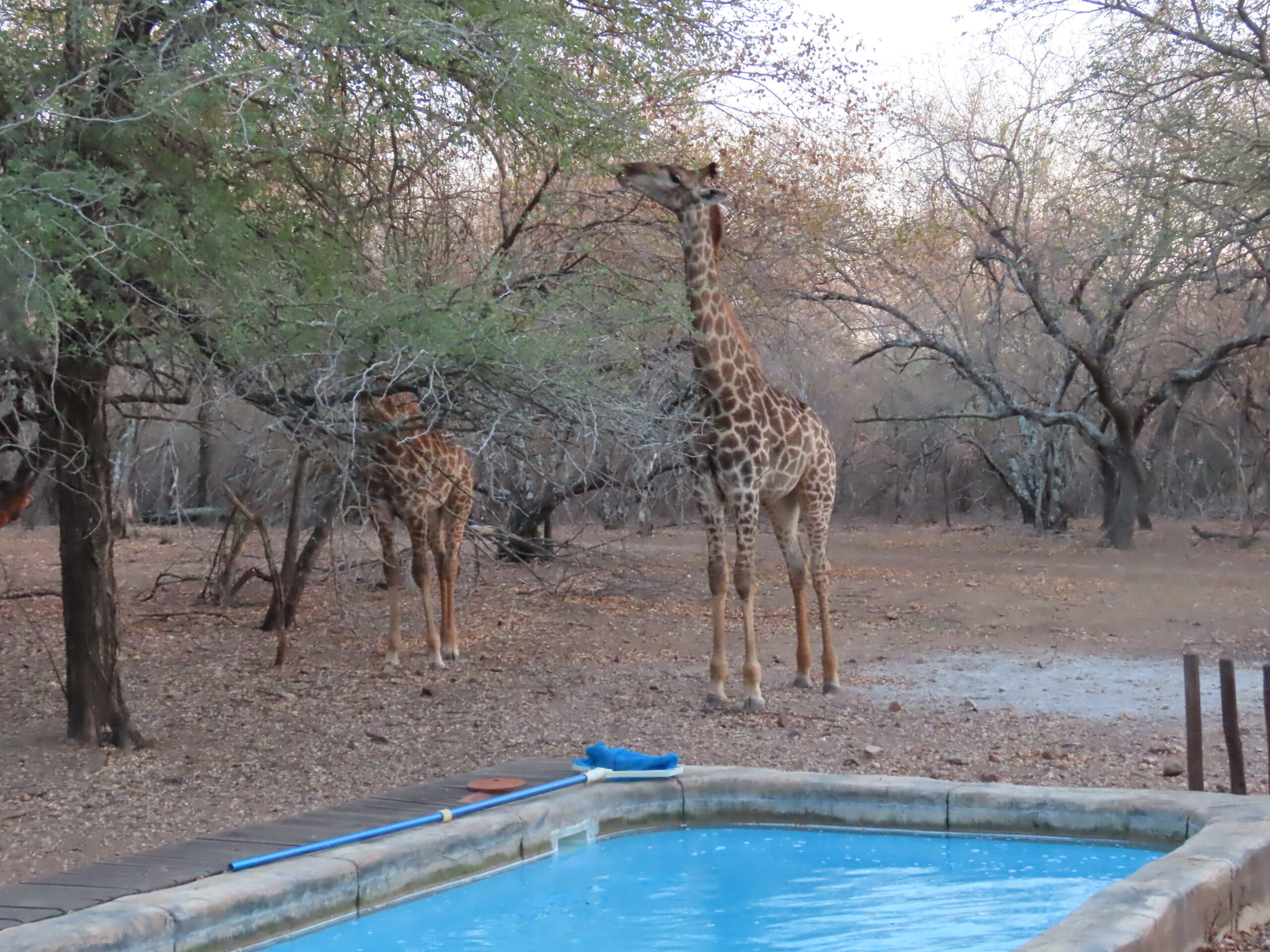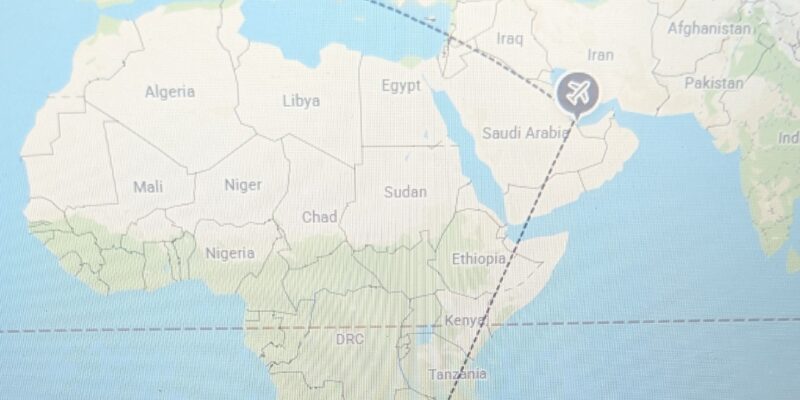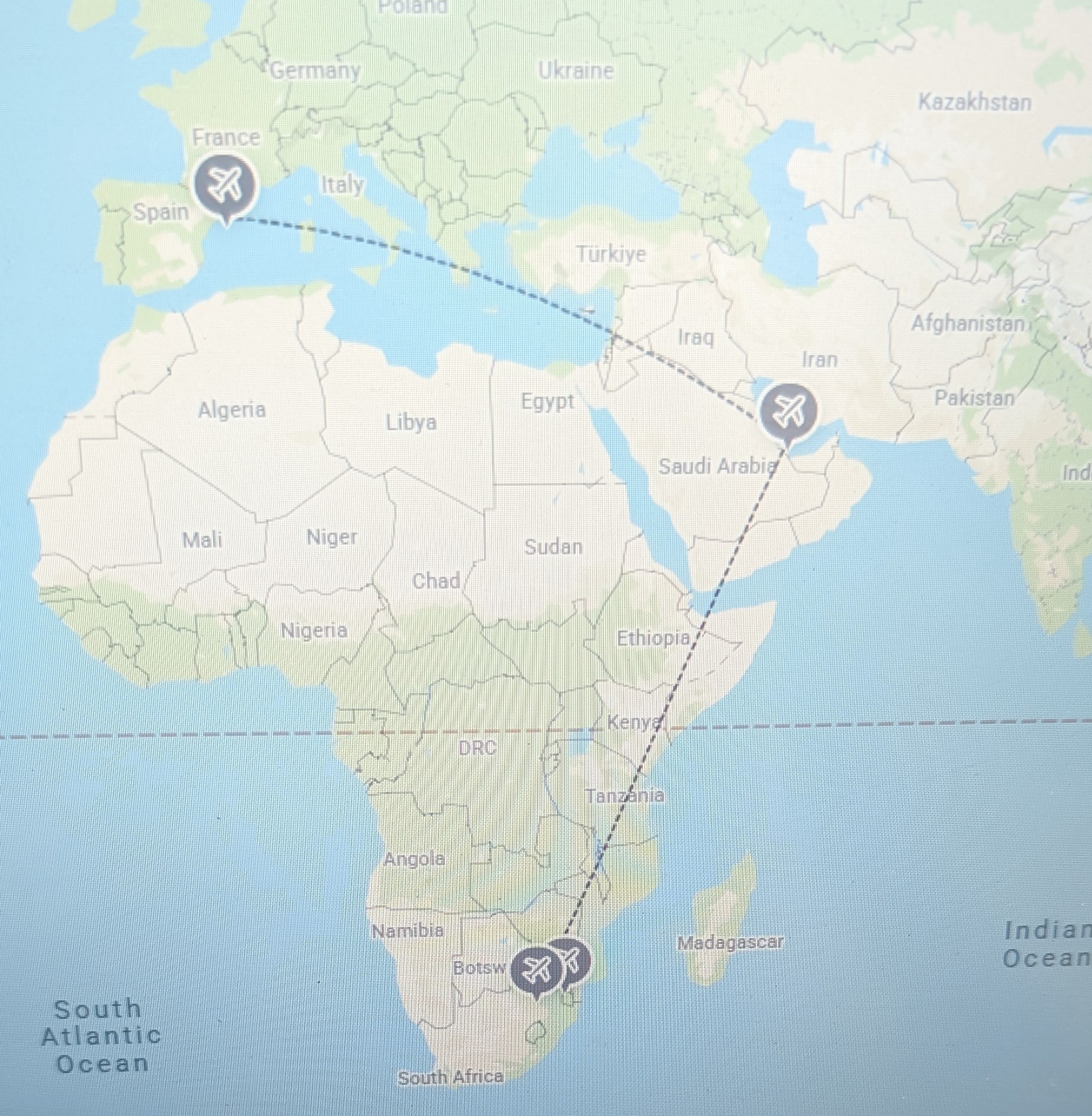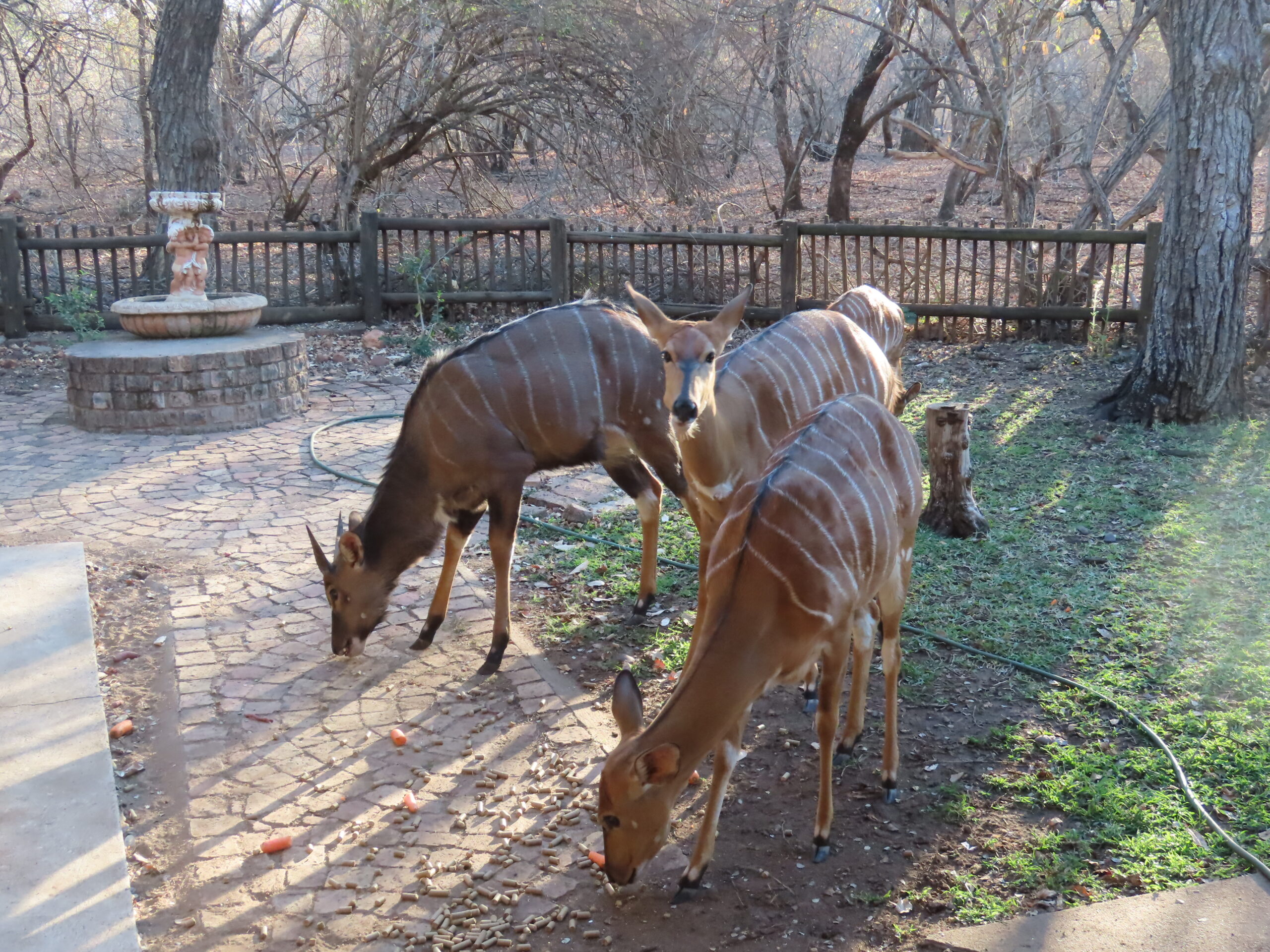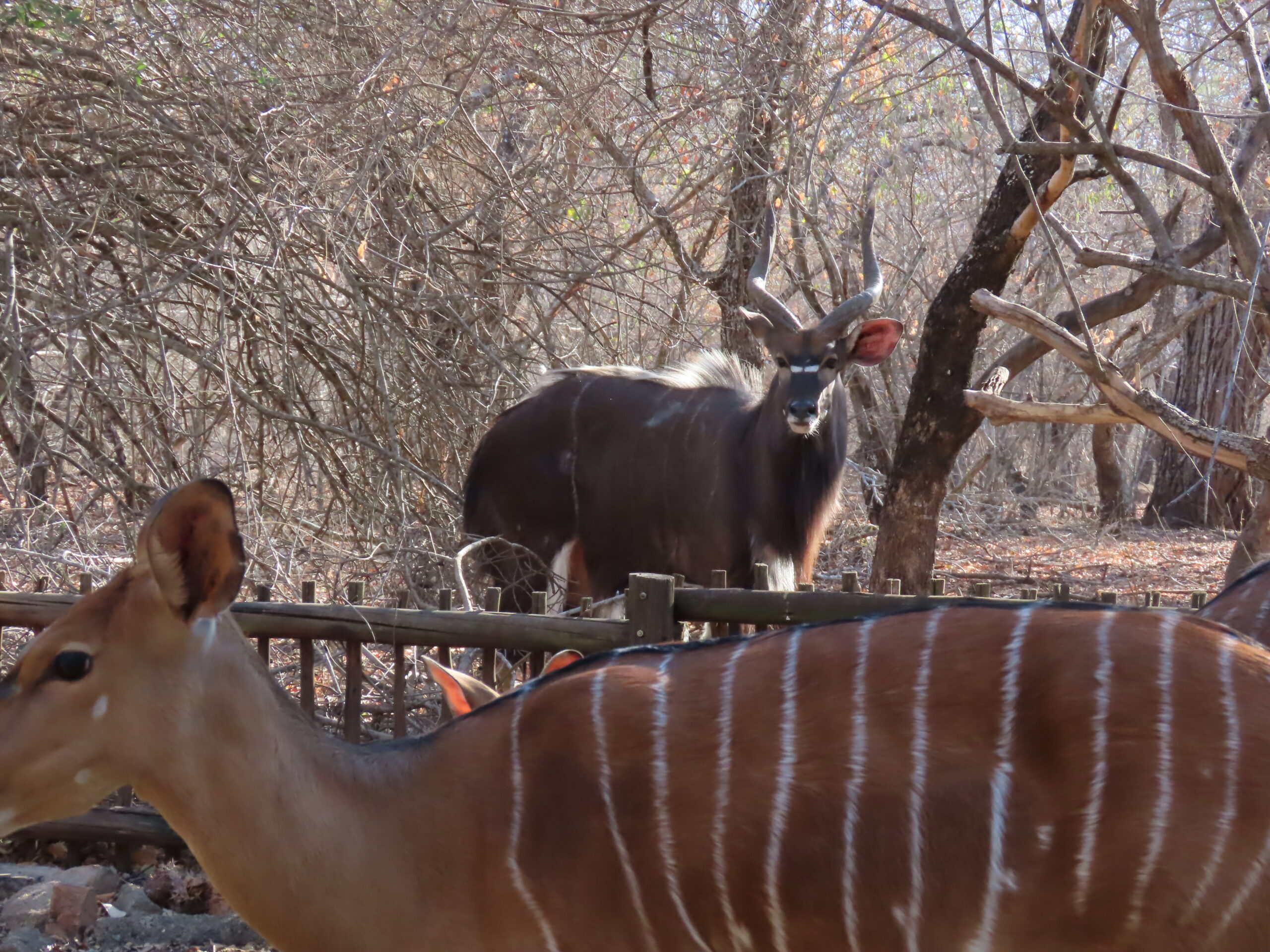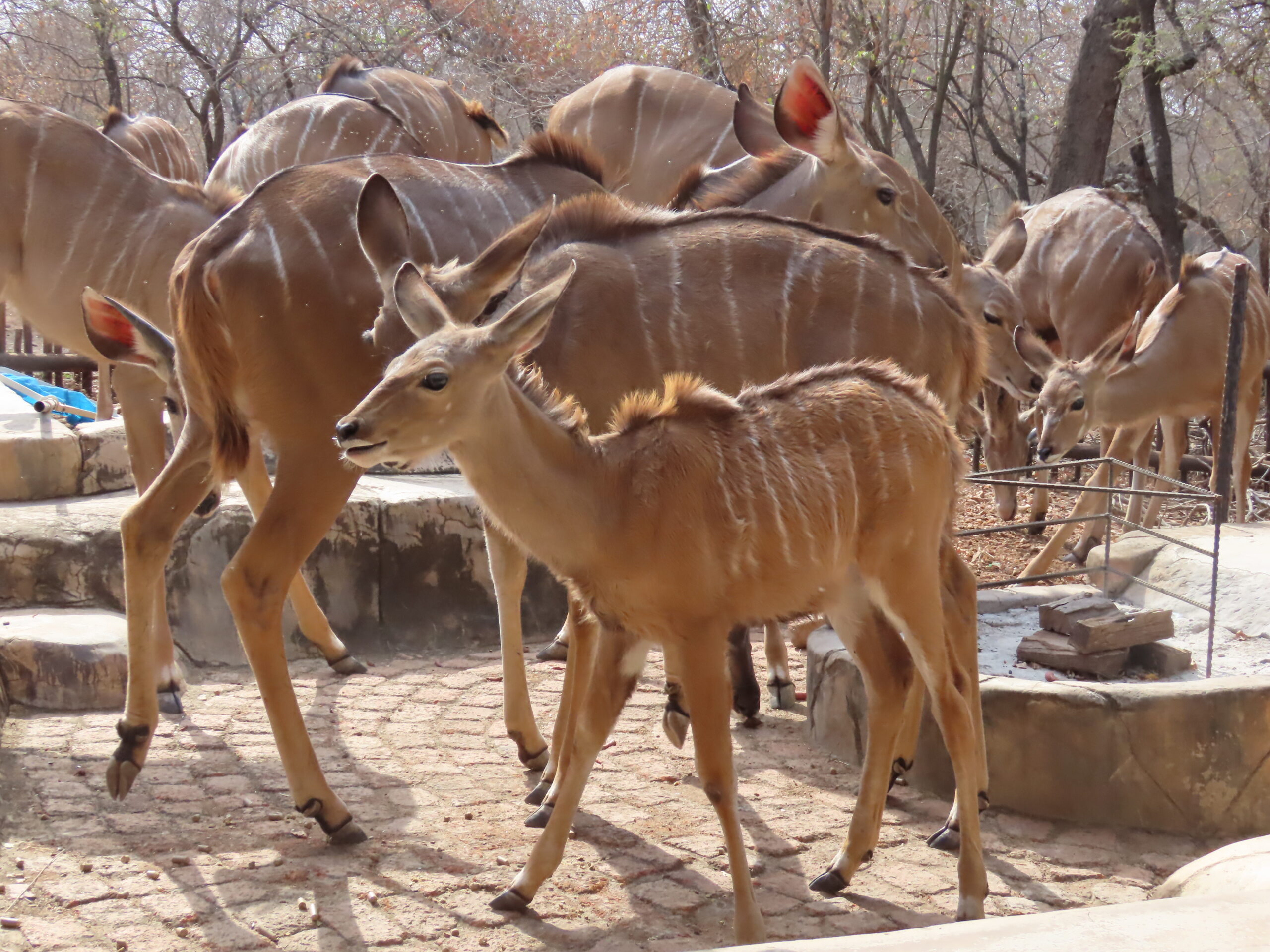
From Travel+Leisure online magazine:
“You Can Now Travel Around the World by Luxury Train on These Epic 29- to 60-Day Journeys
Railbookers’ new itineraries feature icons like the Venice Simplon-Orient-Express and Belmond Royal Scotsman. By Madeline Weinfield Published on October 7, 2025
Few things conjure the old-world glamour of golden age travel like trains. And if there’s anything more bucket list-worthy than a luxury train ride, it’s a luxury train ride around the world.
To that end, train vacation company Railbookers introduced four around-the-world journeys ranging from 29 to 48 days, the company shared with Travel + Leisure. These itineraries utilize seats on some of the most sought-after railcars in the world, from the Venice Simplon-Orient-Express to the Belmond Royal Scotsman, and beyond.
In addition, Railbookers offers a signature 60-day around-the-world train journey (with a few plane rides over the oceans, of course).
“Luxury train travel continues to be one of the biggest trends and desires we see among our guests, and we’re delighted to bring back our signature trip along with a newly-expanded lineup of journeys that showcase everything travelers desire on a five-star, luxury jaunt across the globe,” Frank Marini, the president and CEO of the Railbookers Group, said in a statement shared with T+L. “Whether it’s new luxury trains, iconic and unique hotel accommodations, and much more, our team has improved upon this already remarkable experience.”
The new itineraries cover huge swaths of the planet. The shortest route is a 29-day trip, which begins in Venice and ends in South Africa. Along the way, travelers will board the Golden Eagle Danube Express and ride it all the way to Istanbul before flying to South Africa for a safari in Kruger National Park and a trip to the iconic Victoria Falls.
Travelers can also board a 31-day grand tour of Europe, which visits some of the continent’s most sought-after places, including London, Edinburgh, Rome, Venice, Paris, and more.
The company’s 35-day journey combines both rail and safari, crossing parts of Asia, Africa, and Europe. This journey begins in Singapore, where travelers will board the Eastern & Oriental Express before flying to South Africa for a trip on the Rovos Rail and eventually making their way to London to board the Britannic Explorer. The trip concludes with a glamorous finale in Venice aboard the Venice Simplon-Orient-Express.
Finally, Railbookers’ 48-day expedition will take travelers from Vietnam’s Ho Chi Minh City to Edinburgh with the chance to travel aboard the Golden Eagle Silk Road Express, Rovos Rail, La Dolce Vita Orient Express, Venice Simplon-Orient-Express, and the Belmond Royal Scotsman trains.
There has been a spike in interest in luxury train travel in recent years, with new routes popping up around the world. In the United States, for example, the Canyon Spirit is expanding, offering luxurious journeys across the Southwest with plans to extend its route to Salt Lake City next year.”
We look forward to the opportunity to travel to new destinations by train in the future, should the opportunity arise at an affordable price and befitting our itinerary. We found that train travel is not unlike cruising, with small cabins, “port of call” stops along the way, delicious meals, and pleasing accommodations.
Be well.
 Breadfruit growing in the yard is a popular item in the islands. We’d love to try this, which is the size of a grapefruit, but it contains 26 grams of carbohydrates and 11 grams of sugar in 1/4 of a fruit. For more photos, please click here.
Breadfruit growing in the yard is a popular item in the islands. We’d love to try this, which is the size of a grapefruit, but it contains 26 grams of carbohydrates and 11 grams of sugar in 1/4 of a fruit. For more photos, please click here.


